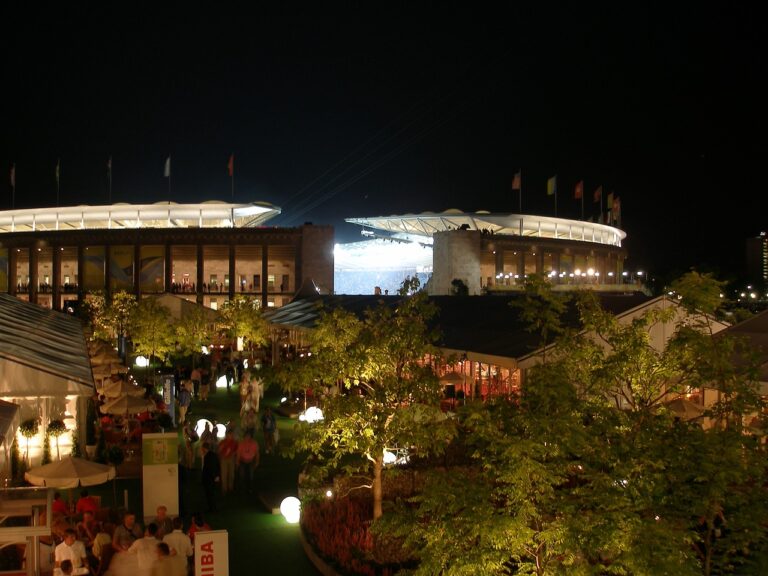The Role of Biophilic Design in Stadium Construction: Betbhai247, Playexch live, Gold365
betbhai247, playexch live, gold365: Biophilic design has become an essential element in various architectural projects, including the construction of stadiums. This design approach focuses on incorporating natural elements into the built environment to create a connection between people and nature. In stadium construction, biophilic design can enhance the overall fan experience, improve sustainability, and contribute to the well-being of both spectators and athletes.
Enhancing the Fan Experience
One of the key benefits of incorporating biophilic design in stadium construction is enhancing the fan experience. By integrating natural elements such as natural light, greenery, and water features, stadiums can create a more welcoming and immersive environment for spectators. For example, the presence of plants and green walls can help reduce stress and improve the overall mood of fans attending a game.
Improving Sustainability
Biophilic design in stadium construction also plays a crucial role in improving sustainability. By incorporating elements such as green roofs, rain gardens, and natural ventilation systems, stadiums can reduce energy consumption, promote biodiversity, and mitigate the urban heat island effect. These sustainable features not only benefit the environment but also help stadiums reduce their operating costs in the long run.
Promoting Well-being
Another significant aspect of biophilic design in stadium construction is its impact on the well-being of both spectators and athletes. Natural elements such as access to daylight, views of green spaces, and fresh air can help improve cognitive function, reduce stress levels, and enhance overall performance. By creating a healthy and engaging environment, stadiums can contribute to the physical and mental well-being of everyone within the facility.
FAQs
Q: How can biophilic design benefit athletes?
A: Biophilic design can benefit athletes by creating a natural and stimulating environment that promotes physical and mental well-being. Elements such as natural light, views of nature, and access to fresh air can help athletes perform at their best and recover more effectively.
Q: Can biophilic design be implemented in existing stadiums?
A: Yes, biophilic design principles can be implemented in existing stadiums through retrofitting projects that incorporate natural elements and sustainable features. By making thoughtful design modifications, stadiums can enhance the overall fan experience and improve sustainability.
Q: What are some examples of biophilic design features in stadiums?
A: Some examples of biophilic design features in stadiums include green roofs, living walls, water features, natural ventilation systems, and daylighting strategies. These elements help create a connection between people and nature, enhancing the overall stadium experience.







